Text
History and development of art therapy
Art has been used to communicate, self-expression, group interaction, diagnosis, and conflict resolution throughout history. For thousands of years, cultures and religions around the world have incorporated the use of carved idols and charms, as well as sacred paintings and symbols, in the healing process. The establishment of art therapy as a unique and publicly accepted therapeutic approach only took place recently, in the mid-20th century. The emergence of art therapy as a profession arose independently and simultaneously in the United States and Europe.
The term “art therapy” was coined in 1942 by British artist Adrian Hill, who discovered the healthful benefits of painting and drawing while recovering from tuberculosis. In the 1940s, several mental health professionals began to describe their work with people in treatment as “art therapy.” As there were no formal art therapy courses or training programs available at that time, these care providers were often educated in other disciplines and supervised by psychiatrists, psychologists, or other mental health care professionals.
0 notes
Text
Types of art therapy for different feelings and emotions.
To do art therapy, you can either take a nondirected or directed approach. A nondirected approach is flexible, and less structured than a directed approach. For example, you would draw, paint, color, or sculpt without guidelines. A directed approach is more structured in the sense that you choose an art therapy activity that relates to certain feelings and emotions. With either approach, your feelings are expressed, and your stress levels decrease. The benefits of art therapy are provided in both approaches. Here are some examples of art therapy activities related to feelings and emotions that you can try:
Emotions.
Paint or draw your emotions. Here, you want to think about how you are feeling and put that feeling into paper, however you see it.
Create an emotion wheel. You’ll want to use lots of color for this activity! Label each emotion with a color that fits for you.
Design a postcard that you will never send. This activity helps with releasing anger in a way that never has to be presented to someone else.
Coloring books for emotions. You can buy, or print, certain coloring pages that were created to release emotions.
Happiness.
Make a collage related to a quote that speaks to you. Turn words that mean a lot to you and turn it into a visual that is inspiring.
Draw a wild invention. This activity will get your creative juices flowing and will most likely be wild and funny!
Draw animals you love. For some people, animals are a source of love and happiness. Draw the ones that you love the most (your own pet included).
Draw, color, or paint your idea of the perfect day or perfect home. This activity will help you create a visual of spaces and things that feel safe and warm to you.
1 note
·
View note
Text
Who can benefit from art therapy?
You don’t need to be a talented artist to engage in art therapy or to enjoy its benefits. The goal is not to create a masterpiece but to express yourself freely through art. The artistic results are secondary to the emotional benefits.
Art therapy can help people who have been exposed to loss or trauma. It can support people in overcoming addiction and mental health disorders. It has even been used in hospital settings for cancer patients. It’s also a common expressive therapy for children. The great thing about art therapy is that it can help the lives of so many people – even if you do not have a major concern or illness. Art therapy is beneficial to anyone who experiences the stress of everyday modern life.
Have you ever noticed how expressive arts therapy is calming and peaceful? Have you ever come home from a long work day in front of the computer and needed an outlet that wasn’t a screen? Engaging in art techniques can clear the mind, let us put feelings and thoughts onto paper or canvas, and leave us feeling accomplished and calm. It’s a great option for people who experience any sort of stress or upset in their lives, however big or small.
Your brain on art.
When we engage in the creation of our own art forms, we receive big benefits to our minds, both physically and mentally. When we produce art with our own hands, there is increased neural connectivity in the area of the brain that deals with introspection, memory, and self-monitoring. This means that this area is more active when engaged in producing art. Mentally, we become more psychologically resilient, we have increased positive perspectives, and become more self-aware. This helps us to cope with future problems, stressors, or events. It is said that the pairing of actually creating the art (motor processing) and thinking about expression (cognitive processing) is what makes art therapy so beneficial.
1 note
·
View note
Text
Improving Your Everyday Life

What is Art Therapy?
Art therapy is an approach that involves the creative processes of art to improve one’s life. For example, drawing, coloring, painting, doodling, and sculpting are all examples of art forms that can be used as a means of therapy. Using art as a medium for healing promotes self-exploration, understanding, self-esteem, and awareness. It is a way for a person to improve their mental, emotional, and physical states, as well as their overall health. When you use imagery, colors, shapes, and designs as a part of your therapeutic process, your thoughts and feelings can be expressed through your art, rather than words that are often difficult to articulate to others. This means that you do not have to verbalize how you are feeling.
Art therapy can be done in counseling, where you work one-on-one with a trained and certified art therapist. However, the healing potential of art is not only effective in a counseling or psychotherapy setting. Art therapy techniques and approaches can be done at home, work, or school without a therapist. In some methods of art therapy, you are your own therapist.
https://www.heysigmund.com/art-therapy/
0 notes
Text



Jo Deeley
“I am a textile artist who has been working in textiles for the last 4 years. I work with different textures and methods to create sculptural shapes and designs. I am particularly interested in making three dimensional fabrics using traditional methods, weaving, knitting, plaiting and knotting as well as more untraditional methods by folding and pressing fabric.”
0 notes
Text
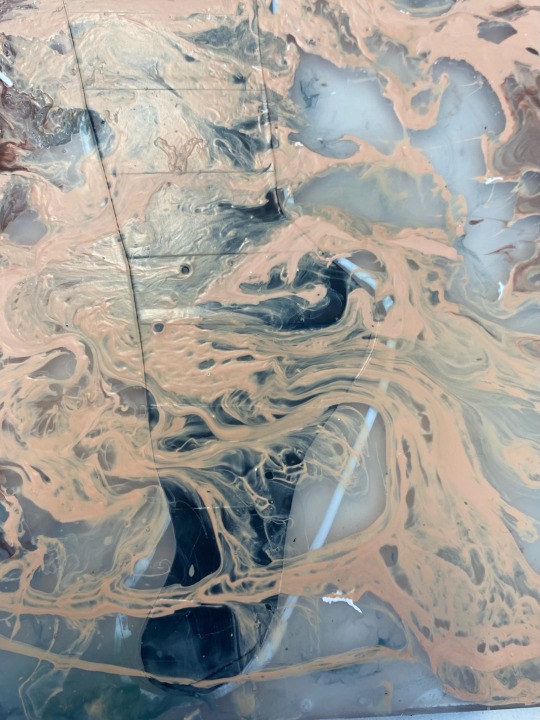
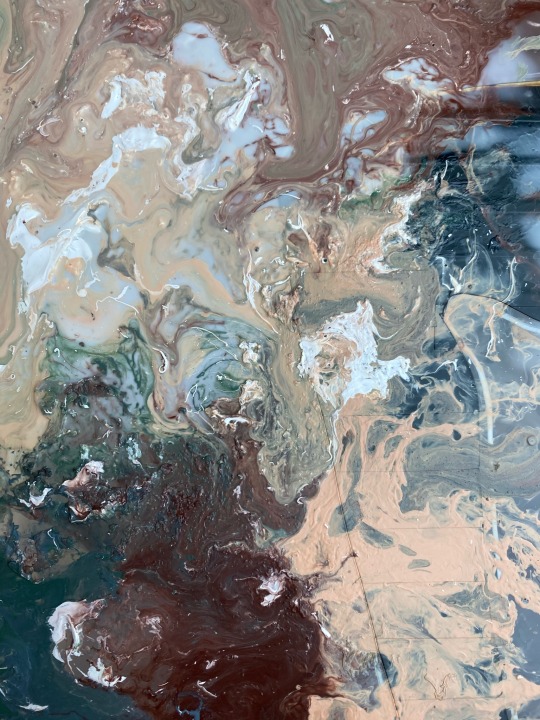
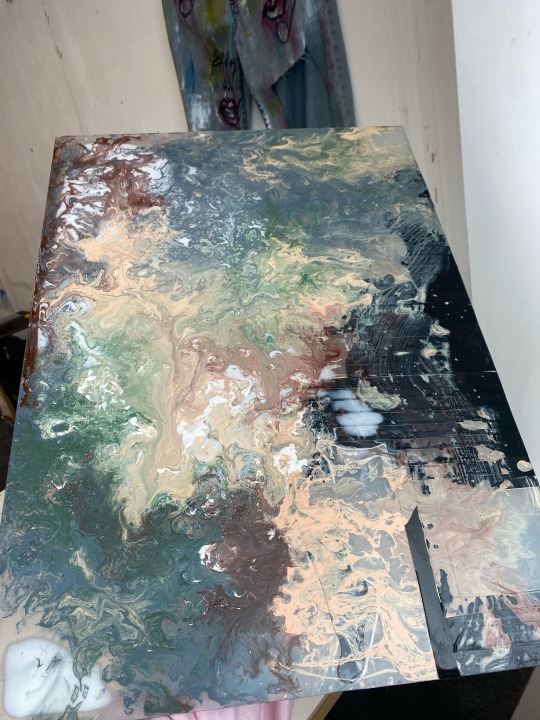
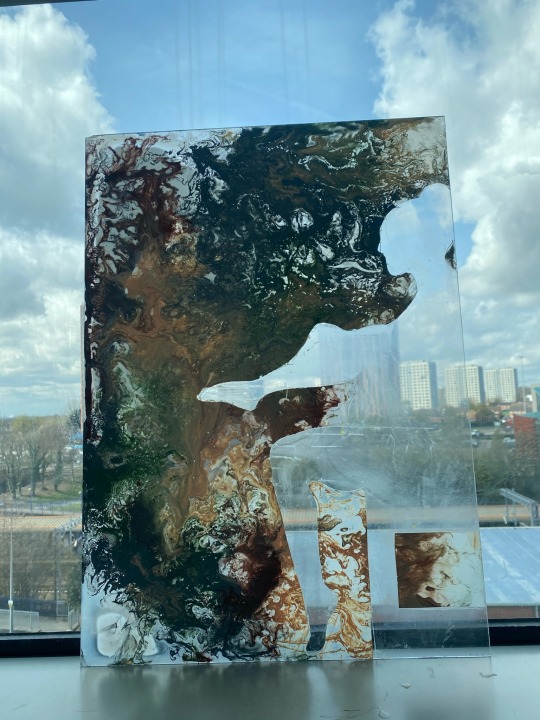
Texture
The next step for my piece was to peel off the black tape. In doing so I was caught by the texture. This is why I love to create art. My love for texture. When I create my work I can never plan is precisely what it will look it, as I use a pouring technique, which is a big part of the fun. I only guide what I in vision. Once my piece was fully dried the texture has fully shown which does look amazing. Nevertheless, I still am not 100% on loving this piece. The colours I did were not as accurate as I wanted them to be from the poster. Despite this, the work did turn out okay. The outline of the tape came off extremely well. I will be using this technique more in the future.
0 notes
Text
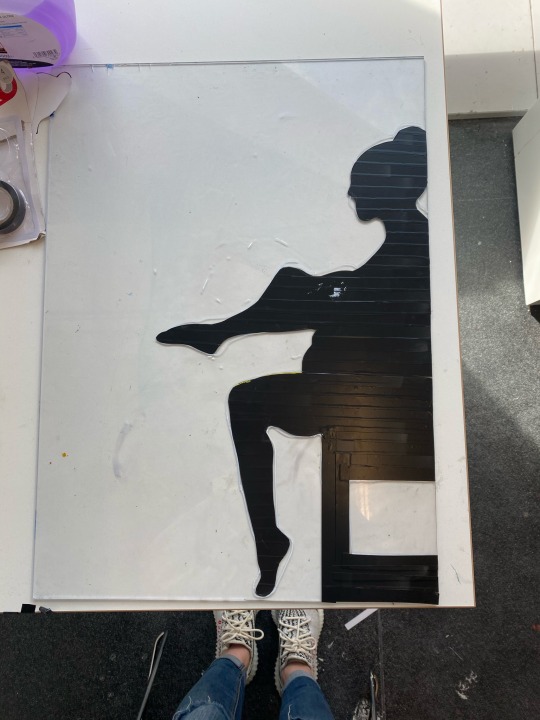
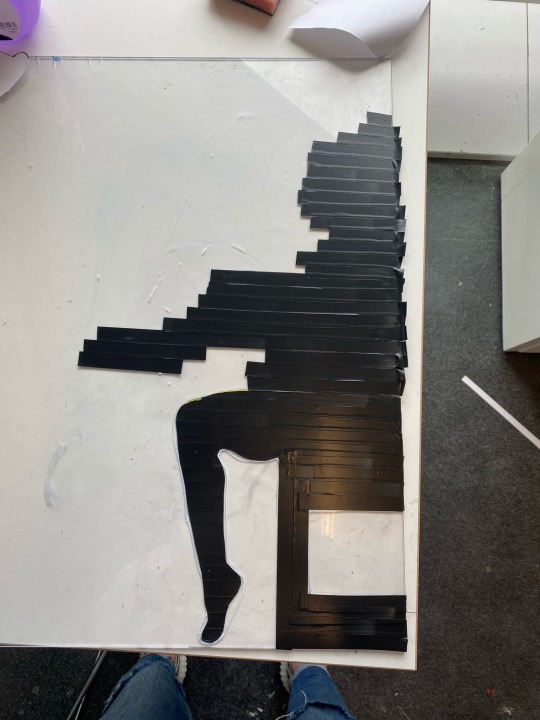
Start of zine final
Today I started my final piece for the zine. The first thing I did was create an outline on the glass, of the girl featured in the campaign. I used a white paint pen to do so. Using black insulation tape I covered the outline and used a craft knife to cut out the line. I used insulation tape as it’s very thicker than masking tape which I was originally gonna use. I did find it hard to cut it out as I drew straight on the glass. To make it easier I drew over the black tape to give me a better guidance of the outline. The finishing of the tape turns out really well. The outline looks really good and I feel the tape will block out the paint. Overall I’m pleased with how it’s started.
0 notes



















